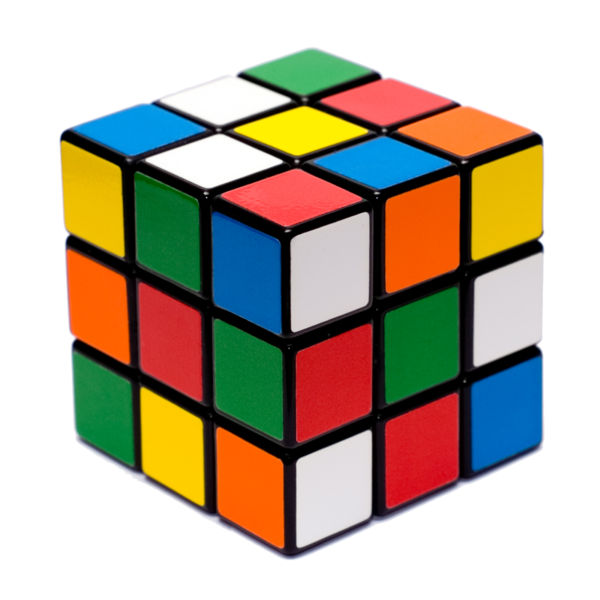
A Disappearing Number is a new play by Simon McBurney and London’s Theatre Complicite. As with a number of modern plays and books the storyline actually consists of two separate and non-linear storylines, each one resonating with the other at different moments and in different manners. Unusually for modern plays, however, both stories are centered around mathematics:
McBurney likes to confront difficult subjects in his theater work. Like a lot of people, he’s scared by mathematics — which is why, he says, “I wanted to create a show in which mathematics was absolutely at the center of it.”
One of the storylines concerns the real-life association of the mathematicians G.H. Hardy and Srinivasa Ramanujan in the early 20th century. The second storyline involves a fictional present-day relationship between Ruth, a mathematics professor fascinated by Ramanujan’s work, and Al, an Indian-American hedge fund trader. Throughout, mathematical ideas like infinity, parallels, and even weighty topics like string theory augment the emotional and narrative dimensions of the play’s events.
A Disappearing Number got rave reviews in London, dominating the Olivier awards there. (The Olivier awards are the British equivalent of the Tonies here.) The quote above is from a story on NPR about the play, but any number of almost uniformly positive reviews (for example, from the NY Times, where the image above is taken from) are available online by doing a search on the title.






